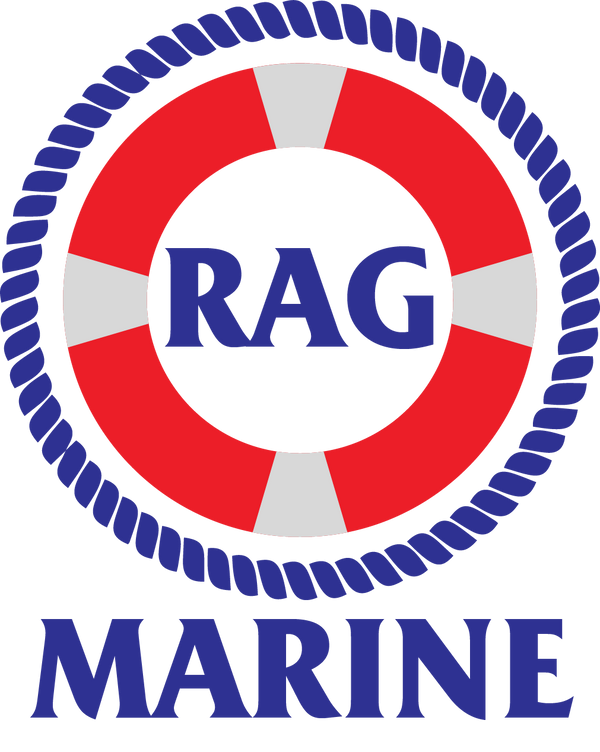Stay Connected with a Marine Grade Over-The-Air TV Antenna
Share
There’s nothing quite like sitting back and relaxing with a good movie or TV show, especially when you’re on vacation. But if you’re not careful, your idyllic getaway can quickly turn into a stressful nightmare as you search for a decent Signal. We’ve all been there, and it’s no fun. That’s why we’ve put together this comprehensive guide on marine grade over-the-air TV antennas. In it, we’ll discuss everything you need to know about these antennas so that you can make an informed decision on which one is right for you. ###
What is an Over-The-Air TV Antenna?
An over-the-air TV antenna is a type of antenna that is designed to receive digital television signals that are broadcast over the airwaves. Over-the-air TV antennas come in a variety of different shapes and sizes, and they can be either internal or external. Internal over-the-air TV antennas are usually located inside the television itself, while external over-the-air TV antennas are typically mounted on the roof or on a mast.
Over-the-air TV antennas can be used to receive both HDTV signals and standard definition signals. HDTV signals provide a higher quality picture than standard definition signals, but they require more bandwidth and can be more difficult to receive. Standard definition signals are easier to receive but do not provide as high of a quality picture.
Most over-the-air TV antennas will require some sort of signal amplifier in order to work properly. Signal amplifiers help to boost the signal strength so that it can be received more clearly. In some cases, an over-the-air TV antenna may also need to be connected to a coaxial cable in order to work properly.
How to Choose the Right Marine Grade Over-The-Air TV Antenna
There are a few things to consider when choosing the right marine grade over-the-air TV antenna for your needs. First, you need to determine the range you need. The range is determined by the size of the antenna and the power output. Second, you need to make sure that the antenna can handle the elements. It should be made of durable materials that can withstand wind, rain, and salt water. Finally, you need to decide if you want an omnidirectional or directional antenna.
An omnidirectional antenna will pick up signals from all directions, while a directional antenna will only pick up signals from one direction. If you are unsure which type of antenna you need, consult with a professional before making your purchase.
The Different Types of Marine Grade Over-The-Air TV Antennas
There are three main types of marine grade over-the-air TV antennas: the directional, the multi-directional, and the uni-directional.
The directional antenna is designed to receive signals from one specific direction. This type of antenna is ideal for boats that are docked in a marina or for those that are moored in a bay. The directional antenna can be adjusted to pick up signals from different directions, allowing you to fine tune your reception.
The multi-directional antenna is designed to receive signals from multiple directions simultaneously. This type of antenna is perfect for boats that are constantly on the move, as it allows you to pick up signals from all around you. The multi-directional antenna can be adjusted to minimize signal loss when changing directions.
The uni-directional antenna is designed to receive signals from one specific direction only. This type of antenna is best suited for boats that don't move around much, as it will give you the best possible reception in one specific area. The uni-directional antenna cannot be adjusted to pick up signals from different directions.
How to Install a Marine Grade Over-The-Air TV Antenna
If you live near the water and are looking for an over-the-air TV antenna that can stand up to the elements, then you need a marine grade TV antenna. Marine grade TV antennas are designed to be used in harsh environments, including near salt water, and can withstand high winds and heavy rain.
Installing a marine grade over-the-air TV antenna is a bit different than installing a traditional terrestrial antenna. Here are the steps you need to follow:
1. Choose the right location for your antenna. You want to make sure that the antenna has a clear line of sight to the broadcast towers. If there are trees or buildings in the way, you may need to mount the antenna higher up on your boat or house.
2. Connect the coaxial cable from the antenna to your TV. If you have a digital converter box, you will need to connect the coaxial cable to that first, and then connect the converter box to your TV.
3. Perform a channel scan on your TV so it can find all of the available channels in your area.
4. Enjoy your free over-the-air TV!
